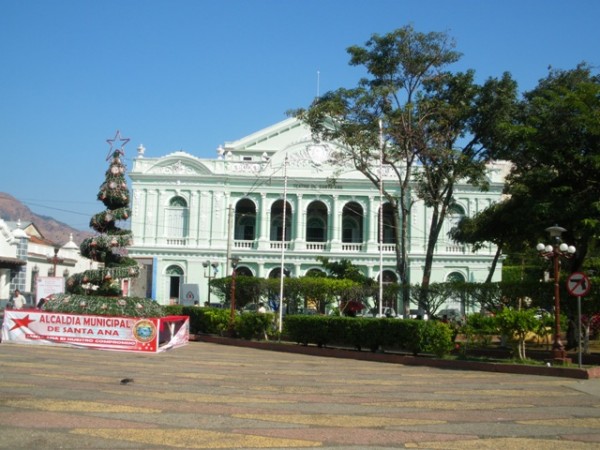
This picture, and the words accompanying it, might be of no use to the prospective visitor to China in 2009. After all, if you find this stretch of water in the city of Wuxi, you are unlikely to recognise it from the details here. Although the picture is only 14 years old, at the time we visited the city our local guide, a teenage student from Wuxi, told us with great pride that all of the old buildings we were looking at (and admiring) would soon be pulled down and replaced with 21st century steel and glass giants. He spoke with an inner pride of the rapid progress his home town was making in keeping up with its illustrious neighbour, Shanghai.
China in 1995 was a country in a state of accelerated change. No-one seemed to know exactly how that change was going to look when it took shape, but the provincial cities looked to the “big two” cities in the east, and the planners in Shanghai and Beijing themselves looked to the giants of Asia and the west and were determined to emulate their riches. While these rather picturesque images of a China of yesteryear were fascinating to a pair of British tourists, they had no place in the new China.
Everywhere we went, new structures were being erected, and of course in cities short of space, this meant the mass destruction of centuries old lanes and alleys, houses, gardens and even temples. Progress has its price, but in a land that was rising like a slumbering giant, these buildings would be small sacrifices in the pursuit of the greater good.
I want to return to China again, and while my urge is to visit the west of this vast country, I would also love to see the cities of the east again, and stand on this bridge, to see what progress looks like to the people of Wuxi. Have they embraced the new without a thought for the old? Or is it only the older generation who might shed a tear for the transformation of the city where they had lived their lives.
(May 1995)

 15 good reasons to visit El Salvador
15 good reasons to visit El Salvador 